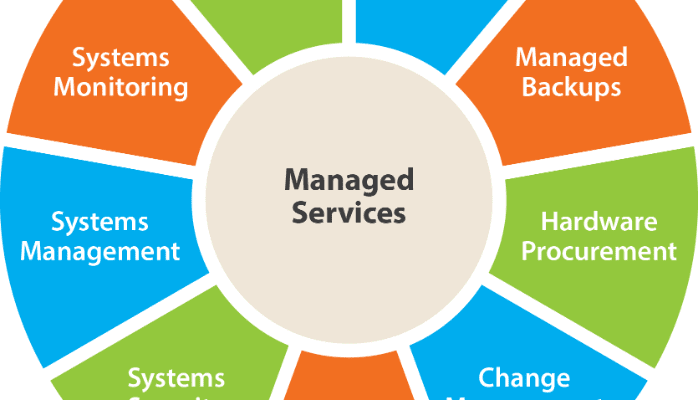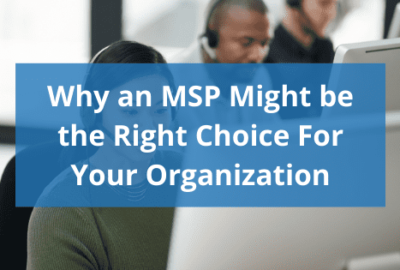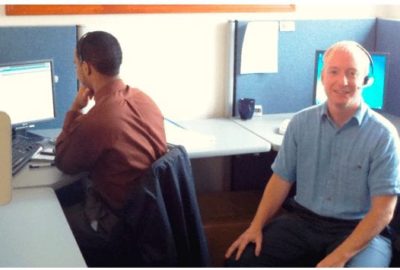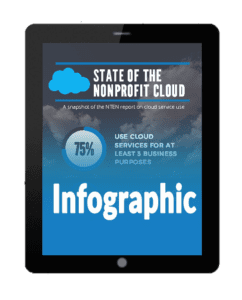Products and Services
How to work collaboratively with a MSP
By Chris Federer, IT Director
How can nonprofits get the most out of an MSP relationship?
If you’re thinking the best advice would be to get out of the way and let the technology professionals do their jobs, that’s short-sighted. Nonprofits do have real tech needs, and MSPs do have the expertise to get them where they want to go. But the best arrangements are ones where nonprofits participate in the tech process and help the MSPs do the best job for them.
Here are a few recommendations for making an MSP relationship the most productive it can be.
Make sure you have an in-house tech geek
This is not to say you need someone who’s had years of schooling, who can take apart a computer and troubleshoot any software task. You just need at least one person who understands technology enough to relate it to the organization’s mission.
Say you need to produce monthly reports that involve some detailed analysis of data your nonprofit generates on an ongoing basis. You may have smart people who understand the data and how it can be applied. But you will want to have somebody who can ensure that the tools the MSP is recommending will continue to serve the needs of the organization in the future.
This person can act as the liaison between management and the MSP. Your in-house geek needs to know enough about technology to explain what the MSP is recommending and help sell the concepts to management. The MSP may know software inside and out, but it won’t know your organization fully unless there’s somebody on staff who can speak the language.
Take advice … and give advice
Here’s the part where the nonprofit needs to gauge just how much of an activist role it wants to take in the relationship. It doesn’t help to debate and micromanage every decision the MSP makes; the MSP does have extensive background and will make sound recommendations based on its understanding of your business. But nonprofit executives know their business, and they need to ask questions and give recommendations.
Say your nonprofit knows it can benefit from equipping its facilities with wireless technology, but it doesn’t know how to sell it to the board of directors. Your liaison needs to work closely with the MSP to generate detailed lists of benefits and responses to questions directors might ask. What are the wireless options? What kind of security measures can be put in place? How will it scale with the organization’s needs?
Your liaison needs to push your MSP for answers and for specific items your nonprofit wants in the technology scenario. Don’t be shy. It’s your business.
Make sure your MSP is willing to be flexible
A nonprofit’s business does not follow a straight-line path. Funding comes in waves, and events tend to happen on an irregular basis, scheduled to align with the timetables of a particular business, city or set of donors. So, nonprofits need to engage with their MSPs about doing business in a flexible manner.
That means a nonprofit might need to scale up one month and scale down the next month. If there’s an event, or a particularly important phase of a fundraising drive, a nonprofit likely will need to lean on IT for additional resources. Those resources may not be needed on an ongoing basis, so be prepared to work with your MSP to negotiate flexible pricing and flexible business arrangements.
If you are interested in learning more about how Tech Networks of Boston might fit your needs, don’t hesitate to contact us.








